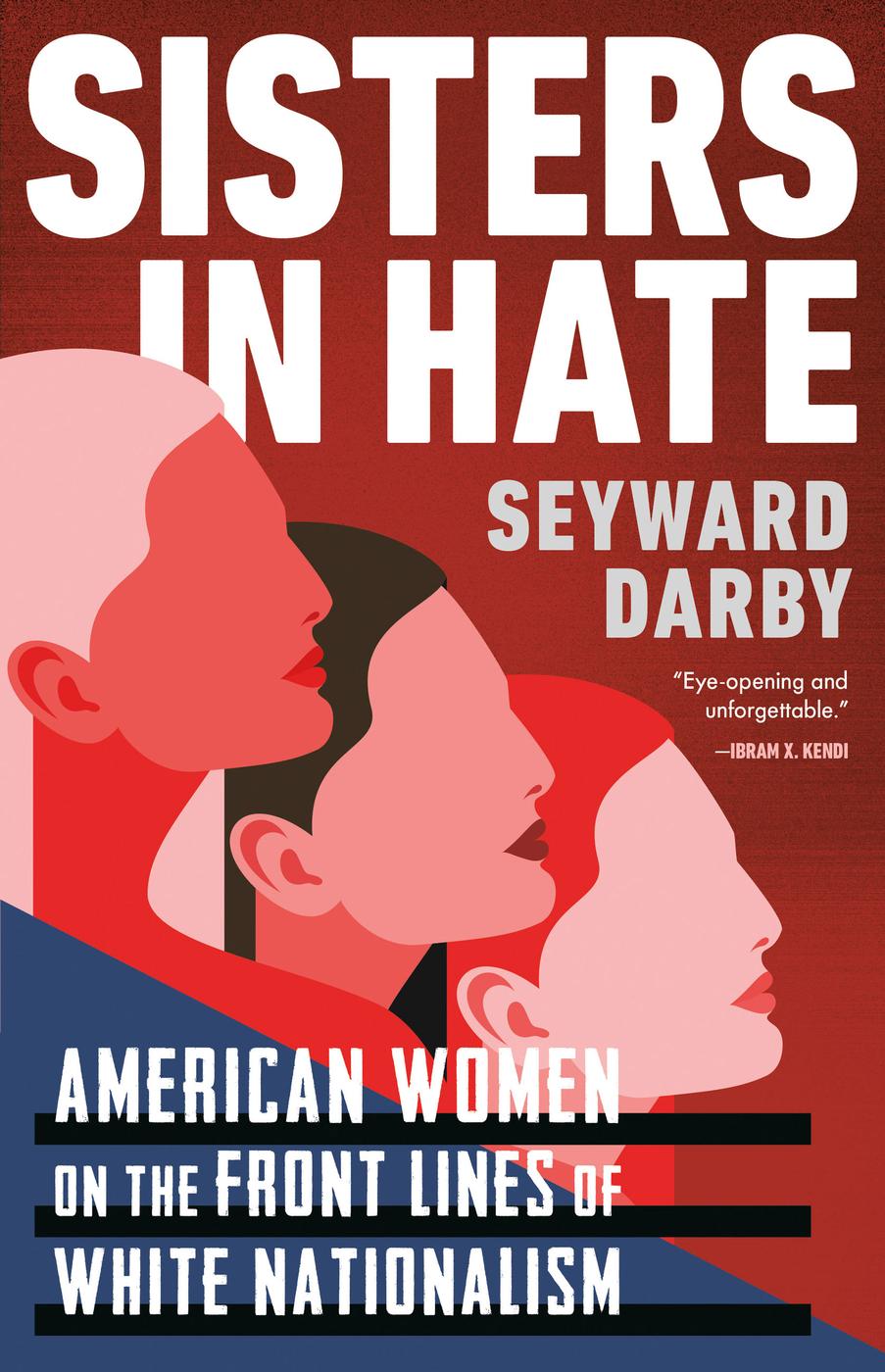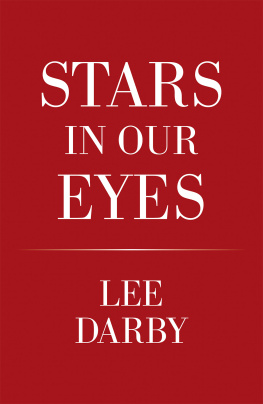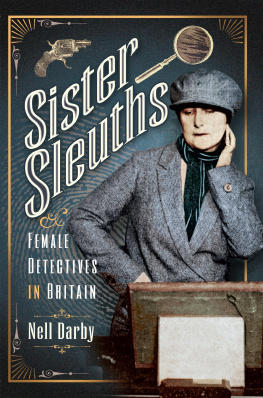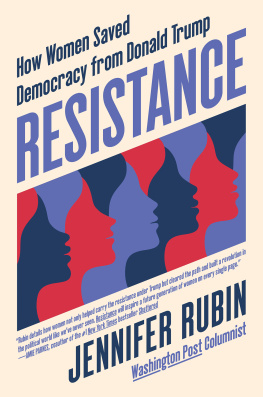
Copyright 2020 by Seyward Darby
Cover design by Julianna Lee
Cover art by Shutterstock
Author photograph by John Michael Kilbane
Cover copyright 2020 by Hachette Book Group, Inc.
Hachette Book Group supports the right to free expression and the value of copyright. The purpose of copyright is to encourage writers and artists to produce the creative works that enrich our culture.
The scanning, uploading, and distribution of this book without permission is a theft of the authors intellectual property. If you would like permission to use material from the book (other than for review purposes), please contact permissions@hbgusa.com. Thank you for your support of the authors rights.
Little, Brown and Company
Hachette Book Group
1290 Avenue of the Americas, New York, NY 10104
littlebrown.com
facebook.com/littlebrownandcompany
twitter.com/littlebrown
First ebook edition: July 2020
Little, Brown and Company is a division of Hachette Book Group, Inc. The Little, Brown name and logo are trademarks of Hachette Book Group, Inc.
The publisher is not responsible for websites (or their content) that are not owned by the publisher.
The Hachette Speakers Bureau provides a wide range of authors for speaking events. To find out more, go to hachettespeakersbureau.com or call (866) 376-6591.
Excerpts: () Persephone the Wanderer from Poems 19622012 by Louise Glck. Copyright 2012 by Louise Glck. Reprinted by permission of Farrar, Straus and Giroux.
ISBN 978-0-316-48779-5
E3-20200611-DA-NF-ORI
For my family
Explore book giveaways, sneak peeks, deals, and more.
Tap here to learn more.

There is no time for despair, no place for self-pity, no need for silence, no room for fear. We speak, we write, we do language. That is how civilizations heal.
Toni Morrison, The Nation
Ever tried. Ever failed. No matter. Try again. Fail again. Fail better.
Samuel Beckett, Worstward Ho
The Fun-House Mirror
O nce a battlefield, ever a battlefieldso goes the story of this land. During the Civil War, the North and South fought fiercely in the Shenandoah Valley, clashing in places with quaint names like Toms Brook and New Market. In 1862, Stonewall Jackson advanced north through the region to threaten Washington, D.C., and the Confederacy held the Shenandoah with such a firm grip for so many months that it became known as the valley of humiliation for the Union. Then the tide turned, flooding southward. In 1864, the Union waged a scorched-earth campaign to destroy everything the Confederacy had built and sown.
The war became embedded in Virginias landscape. Poet Mary Mackey writes of bodies revivified in nature:
the Confederate boys made themselves
into grass
and the Yankee boys made themselves
into gravel roads
they made themselves into cold fronts
coming in from the north
and tornadoes
sweeping across from the west
and hurricanes blowing in
from the Gulf
and sycamores
and pines
and red dirt.
I visited Virginia in November 2016, on the cusp of winter, the time of year when the midday sun slants sharply against the Appalachian foothills and chilly air pricks the lungs. The news on the car radio felt just as piercing: Donald Trump had won the presidential election. Hillary Clinton had taken Virginia by five points, but the states electoral map, carved up into counties, showed far more red than blue. In the Shenandoah, people had voted overwhelmingly for Trump. On roadsides and in yards, MAGA signs stood alongside Confederate flags.
One of the flags was hugetwenty by thirty feet, strung up an eighty-foot poleand already infamous. A month after white supremacist Dylann Roof murdered nine black people in a South Carolina church in 2015, the flags owner bought advertising space in a Virginia newspaper. Because of all the trouble the democrats and black race are causing, I place this ad, the text read. No black people or democrats are allowed on my property until further notice.
My husband and I were in the Shenandoah for Thanksgiving, seeing family. When it was time to go, our last stop before snaking north of the Mason-Dixon was a gas station near the city of Harrisonburg. I went inside to get a bottle of water. At first, the only other customer was a black woman who had come in with two little girls; she was waiting while they used the bathroom. Then the stations glass door opened. I heard the sucking noise of its rubberized edges giving way and the weak ding of an automatic bell. A white woman stormed inside. Her hair was in a loose ponytail, and she wore a burgundy sweatshirt. She looked to be in her thirties, around my age. She began yelling at the black woman.
Dont you know how gas stations work? she demanded. Or are you just lazy and stupid? She was driving an SUV and needed to pump gas. Apparently, the black woman had parked her sedan next to the only available tank.
The white woman turned her ire on the two female cashiersalso whitebehind the stores counter, demanding to know why they didnt do something. She threatened to never buy gas there again. She said that she was a longtime customer; the station would lose her good business.
The encounter couldnt have lasted more than a minute. The white woman turned on her heel and shoved the door open. Sucking sound. Weak bell. And a parting insult.
Fucking nigger!
She said it without looking back.
The women behind the counter said nothing. The black womans face revealed only mild surpriseor maybe it was practiced defense. Just then, the little girls returned from the bathroom. Before she left the station, I asked the woman if she was all right. She couldve just asked me to move my car, she replied with a shrug.
* * *
NINE MONTHS LATER and a short drive away, hundreds of demonstrators gathered after sundown on the campus of the University of Virginia. The tiki torches they carried glowed bright against their white skin and the inky night sky. The group kicked off their march with a collective yell that coursed through their winding formation of bodies: two by two, shoulder to shoulder, trooping forward.
The iconic images from August 11, 2017, the eve of the Unite the Right rally, show illuminated male facesgrimacing, grinning, threatening. Women were there too, but in fewer numbers than men. Amid chants of You will not replace us and One people, one nation, end immigration, some marchers broke ranks to scream at people recording or protesting the event. In one moment, captured in a shaky video that was later posted on the internet, a woman stepped out of line. She wore a loose-fitting white top and jeans, and her long blond hair gleamed. She stood facing a manicured lawn that stretched toward one of UVAs signature white colonnades.
You sound like a nigger! she shouted.
The target of her ire, presumably a critic of the march, wasnt visible on camera.
You sound like a nigger! the woman yelled again.
Five words that spoke to nearly four hundred years of accumulated racial privilege and contempt. The slur rang harshly, and like spoke volumes. Was the unseen person white? The womans sneering sentence sounded like an accusation of tribal treason. She seemed disgusted that someone would debase themselves instead of standing with their own kind.









